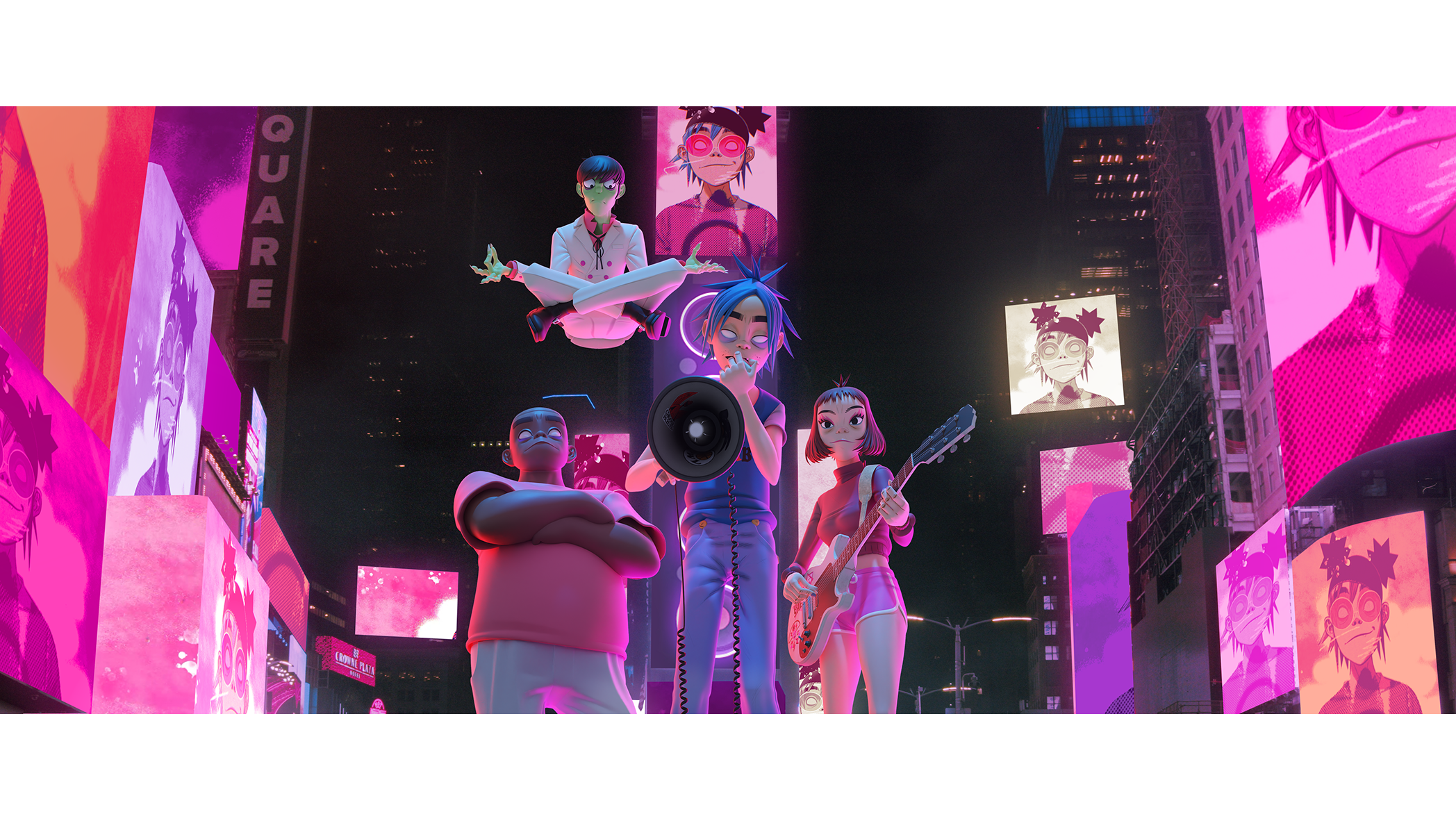
How to use Augmented Reality as a Marketing Tool
Marketing plays a vital role in society as it helps promote products, services, and ideas to potential customers. It provides companies with a valuable balance between business strategy and creative concepts. Augmented Reality (AR) has evolved into a cutting-edge marketing tool that allows businesses to improve customer engagement, helping them deliver unique, interactive experiences that set them apart from the competition.
Examples of AR in Marketing
You may not realize how much AR is used in today’s world, as there are numerous ways in which this technology is utilized AR-powered product demonstrations are one of many examples of augmented reality as a marketing tool. One example of an AR-powered product demonstration is the IKEA Place app. This app uses augmented reality to allow customers to preview how furniture would look in their homes before purchase. Customers can use their smartphone or tablet to scan their room and select furniture items from the app’s catalog to place in a virtual space. Because the app uses 3D modeling, customers can view the accurate size, color, and style of the furniture, which allows customers to make more informed purchasing decisions and helps reduce the likelihood of returns.
Virtual tours are also a tool for AR in marketing. An example is the “Pocket Gallery” feature in the Google Arts & Culture app. This feature allows users to take virtual tours of world-famous museums and galleries using augmented reality. Users can choose a museum or gallery from a list in the app and then select a specific exhibition or artwork to view. The app then uses AR to create a virtual exhibition space in the user’s physical environment, where they can walk around and view the artwork as if they were actually in the museum. The app also includes detailed information about each work of art. Users can zoom in and view it from different angles. So, allowing users to experience artwork in an immersive way can provide access to cultural experiences that may otherwise be unavailable to them.
360 º views can enhance the customers’ perception of a product or place before making a purchasing decision. It accomplishes this by presenting products as realistic 3D objects that users can interact with through their device’s camera. For example, an Alamo portal designed by QuantumERA allows you to use your smartphone to be able to view the Alamo at your current location. A portal is placed in the real world through the camera lens which allows you to physically walk through the portal and be transported to San Antonio, Texas in 1836. This immersive experience is like virtual reality (VR), but the technology allows you to experience a new environment differently. Augmented reality has become an indispensable tool for modern marketing strategies, with numerous applications. With the rapid development of technology, we can expect to see even more exciting and innovative uses of AR in the future.
Implementing AR in Marketing Campaigns
Augmented reality can help lead or support various marketing initiatives. Immersive technology like AR can offer unique customer experiences that positively boost campaign results.
Product placement, virtual try-on, and customer education can help implement augmented reality into marketing campaigns. Placing virtual products in a real-world setting, such as a billboard or a magazine, can generate consumer interest and encourage them to learn about the products. For example, the British virtual band, Gorillaz, used augmented reality to hold a virtual concert in Times Square. Attendees could download the app and use their mobile phones to watch the band perform live on the “small screen”. Gorillaz integrated AR into the campaign to promote their music and provide an immersive experience for their fans.
Measuring the Effectiveness of AR in Marketing
As with all marketing initiatives, it is essential to evaluate the effectiveness of augmented reality. Seek out customer feedback after they engage with your AR experience to measure customer satisfaction. Augmented reality experiences can track specific user interactions and determine whether the experience achieves its intended goal(s). Here are some examples of engagement tracking:
- App Downloads
- App Reviews
- Customer Surveys
- Experience Progression
- Objective Completion
- Key Interactions
- Social Signals
Ultimately, taking steps to track user engagement can improve the quality of your augmented reality experience and help your brand awareness, revenue generation, and audience retention efforts.
Conclusion
To stay ahead of an ever-changing market, businesses must learn to invest continuously in strategies that will increase engagement and thus increase awareness of the products and services they wish to promote. Implementing augmented reality as a marketing tool can be a worthwhile business investment that supports companies in standing out, building a fanbase, and strengthening relationships with their ideal customers.
If you’d like to learn more about augmented reality and QuantumERA’s immersive experiences, please contact us.
Credits
Gorillaz Concert, Powered By Google, Debuts Potential of Augmented Reality
Post a Comment
You must be logged in to post a comment.
